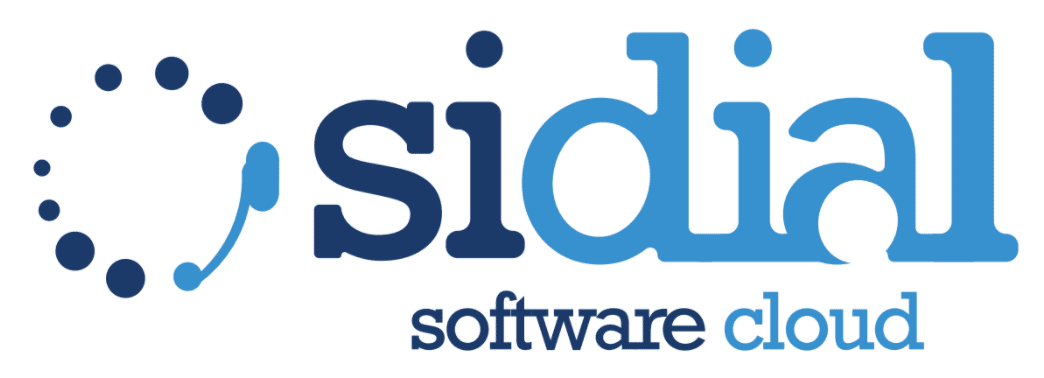In the world of business communications, call centers play a vital role in managing the relationship between companies and customers. However, not all call centers are the same. A fundamental distinction—often overlooked by those new to the field—is the one between inbound call centers and outbound call centers.
Understanding the differences between these two models is not only useful for those working in customer service, but also for companies looking to enhance the customer experience, optimize sales, and choose the most suitable call center software for their needs.
What Is an Inbound Call Center?
An inbound call center handles incoming calls, meaning all calls made by customers to the company. This type of call center is responsible for providing assistance, information, technical support, order management, complaints, or reservations.
Main Functions of Inbound Call Centers
Inbound services are designed to receive customer requests, understand their needs, and respond as effectively as possible. Common activities include:
- Post-sales customer support
- Technical support and help desk
- Toll-free number management (e.g., for public administration or utilities)
- Booking services (tourism, healthcare, restaurants)
- Banking and insurance services
When to Choose an Inbound Call Center
Companies opt for inbound call centers when the interaction is customer-initiated. The customer takes the first step by calling for help or clarification. As such, inbound call centers must guarantee short response times, well-trained agents, and smart call routing systems (IVR, ACD, priority queues).
This model is especially suited for B2C businesses, e-commerce, utility services, or brands focused on customer loyalty through dedicated support.
What Is an Outbound Call Center?
Outbound call centers handle outgoing calls. In this case, the company actively contacts current or potential customers. The goal can be commercial, informational, or data-related.
Main Functions of Outbound Call Centers
These call centers operate with different objectives than inbound ones. Outbound activities include:
- Teleselling: telephone sales of products or services
- Telemarketing: brand or offer promotion
- Renewals and up-selling: targeted offers to existing customers
- Debt collection: reminders and repayment plans
- Surveys and market research
- Data or privacy consent updates
When to Choose an Outbound Call Center
Companies focused on commercial growth and boosting lead generation find outbound call centers to be a strategic asset. However, today it is essential to adopt a non-invasive, data-driven approach, using personalized scripts, well-profiled targets, and strict compliance with telemarketing regulations.
Inbound vs Outbound Call Centers: A Side-by-Side Comparison
To simplify the differences, here’s a direct comparison between the two operational models:
| Feature | Inbound | Outbound |
|---|---|---|
| Call Type | Incoming (customer → company) | Outgoing (company → customer) |
| Objective | Support, assistance, management | Sales, promotion, information |
| Customer Type | Existing customer | New or potential customer |
| Communication Style | Reactive | Proactive |
| Key KPIs | Response time, customer satisfaction | Conversion rate, calls per hour |
| Technologies Used | IVR, CRM, ticketing systems | Predictive dialer, lead management |
Technologies and Software: Operational Differences
Another key distinction lies in the technologies used. While inbound call centers require queue management, smart routing systems, and omnichannel support, outbound call centers rely on automated dialers (predictive, progressive, preview) to maximize volume and minimize downtime.
Both models, however, share the use of:
- Integrated CRM systems
- Performance monitoring dashboards
- Cloud-based solutions for remote team management
- Call recording and speech analytics tools
Operational efficiency is maximized when both models—inbound and outbound—work together through a unified and customizable platform, allowing companies to adapt workflows to real-world needs.
When to Integrate Inbound and Outbound Strategies
Many companies choose not to choose—instead, they integrate both models into a multichannel strategy. For example:
- An e-commerce business may receive support requests (inbound) and send personalized offers (outbound)
- A telecom provider may handle technical issues (inbound) and call customers for promotions (outbound)
- A healthcare facility may manage bookings (inbound) and send reminders or feedback requests (outbound)
In this context, integration with advanced software and CRM systems is essential to ensure a seamless and consistent customer experience.
How to Choose the Right Call Center Software
Whether you’re managing an inbound, outbound, or hybrid team, having access to an advanced platform makes all the difference. SiDial offers scalable, intuitive cloud-based solutions that integrate seamlessly with the most popular CRMs. With powerful features like intelligent dialers, real-time performance analytics, and omnichannel support, you can optimize every interaction and boost your team’s productivity.
Request a free demo of SiDial and discover how to improve your call center’s performance.

